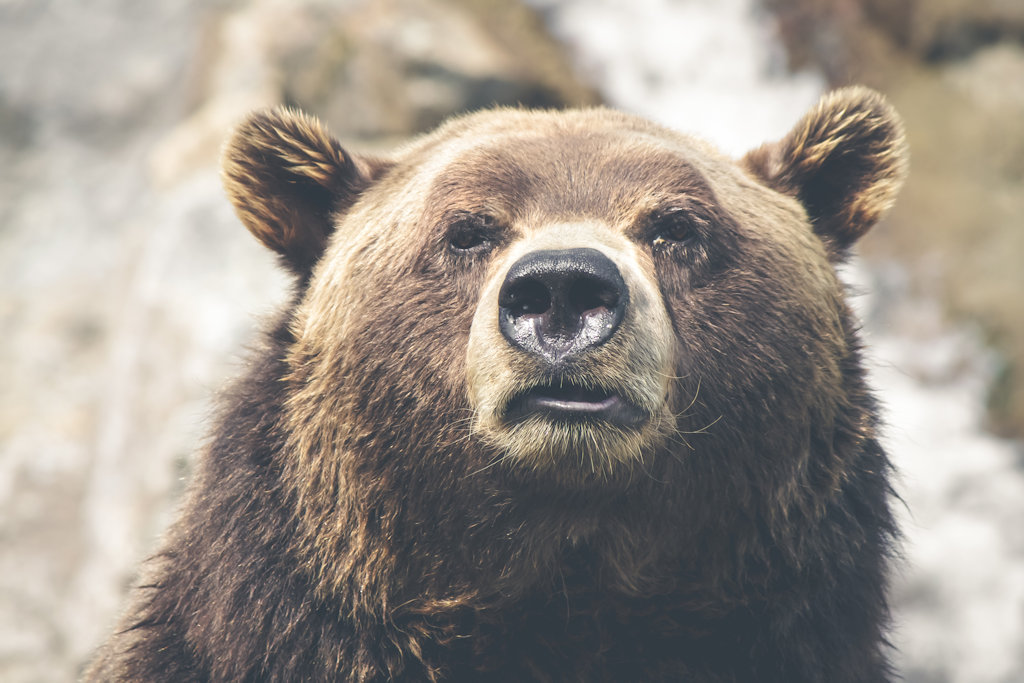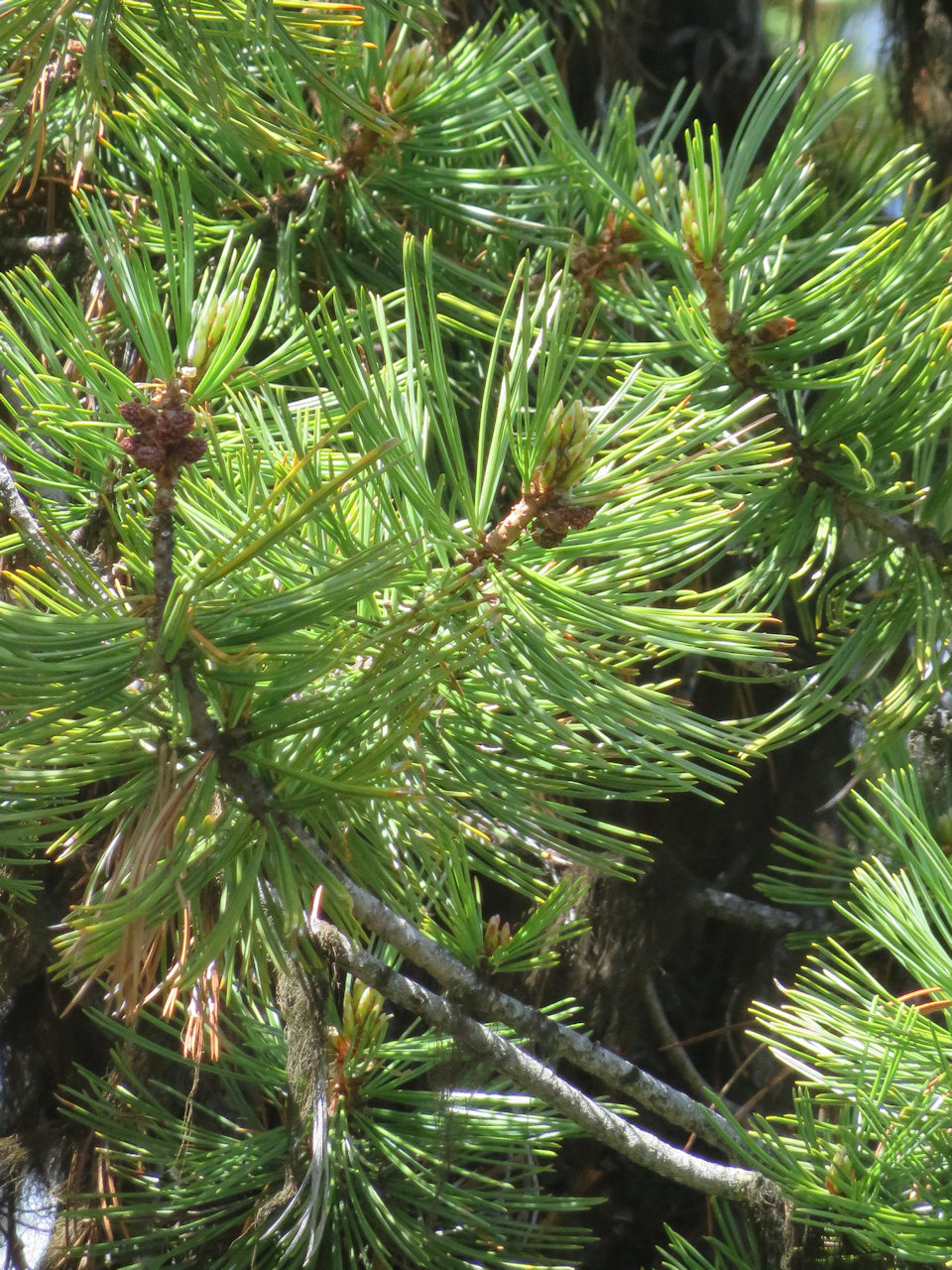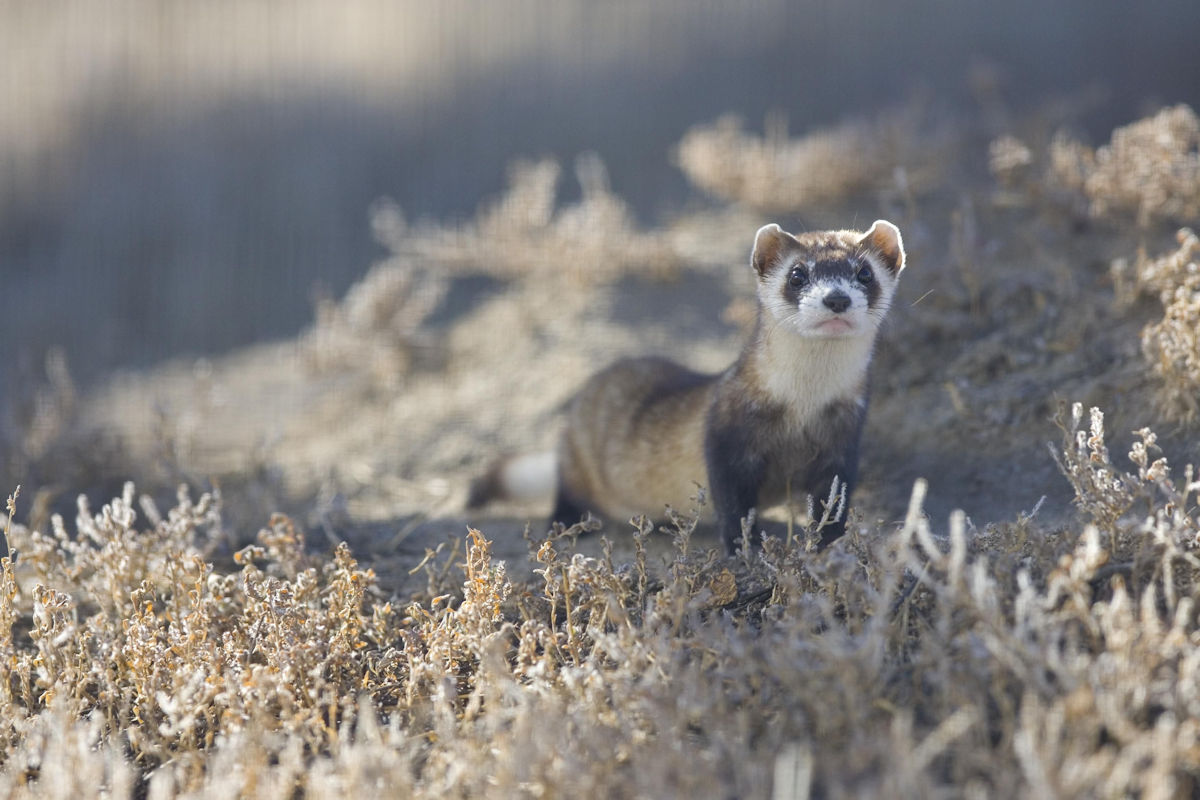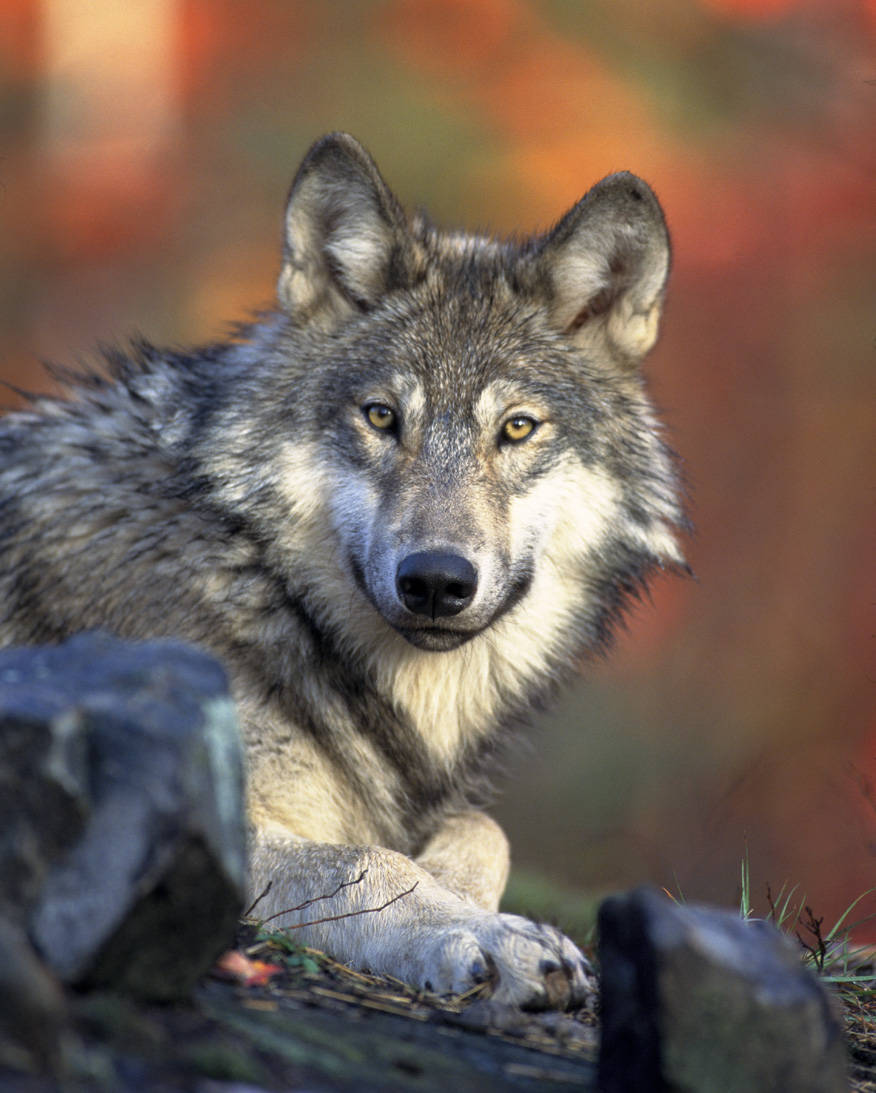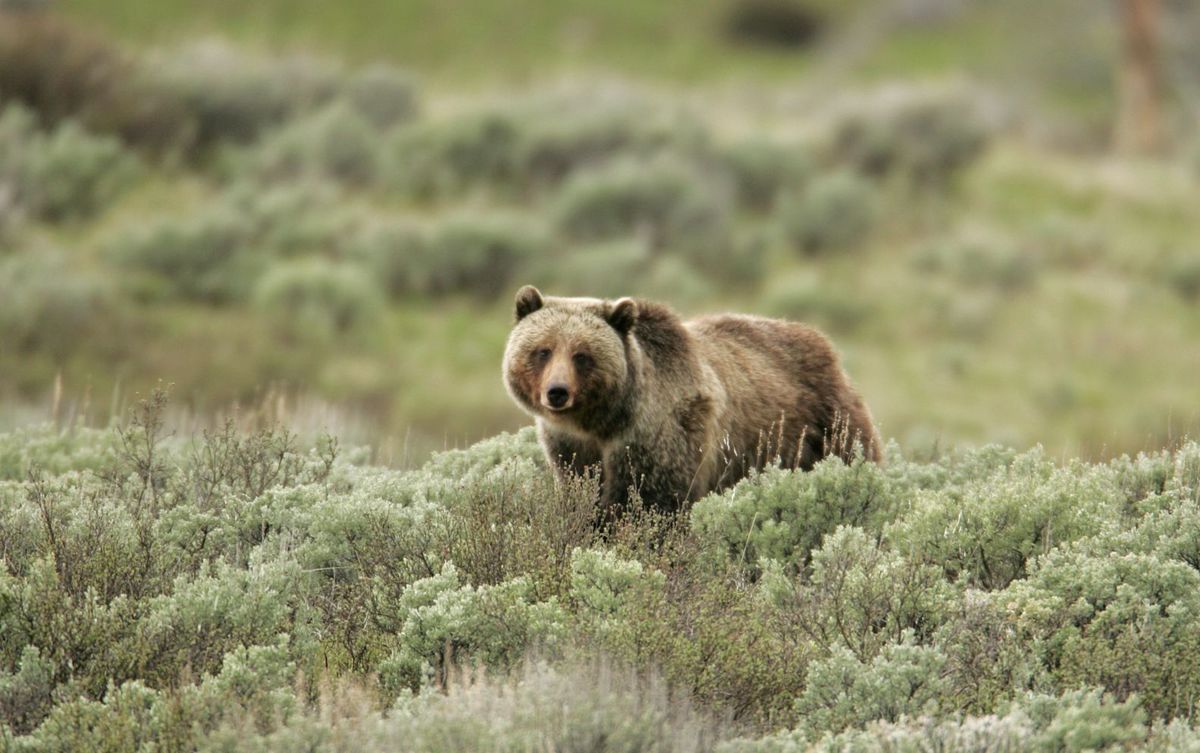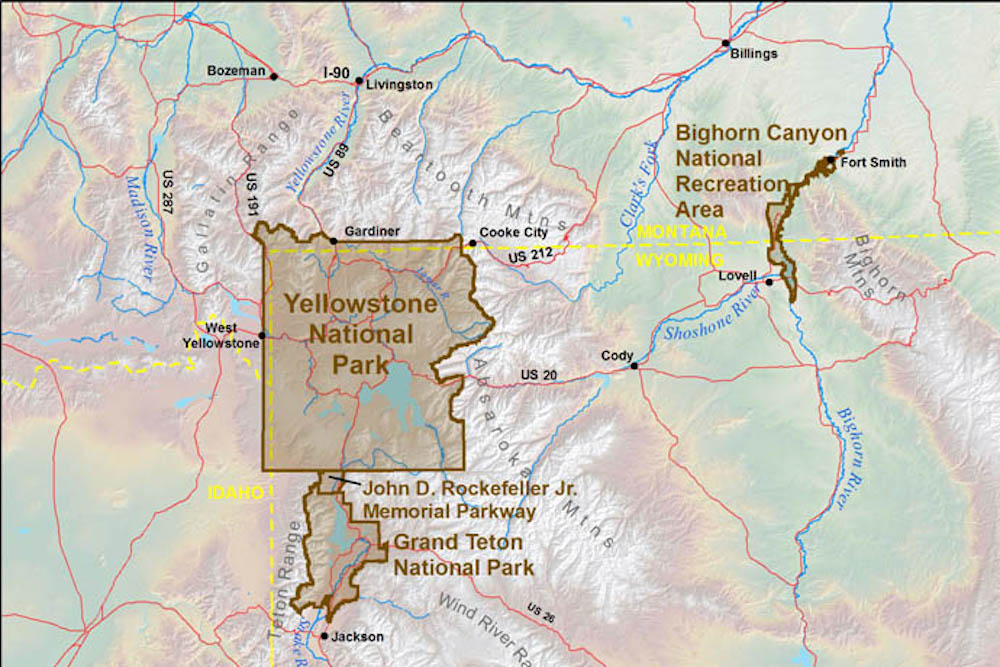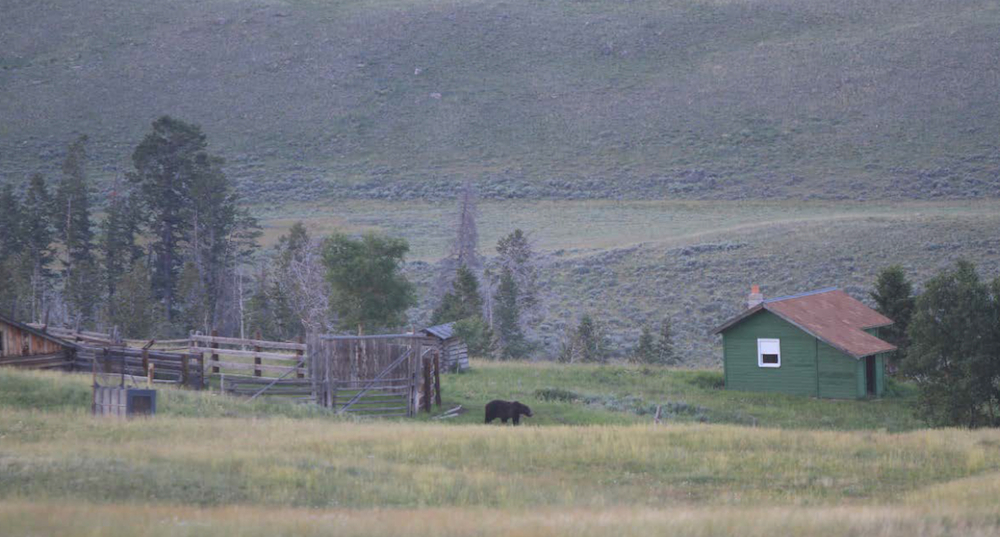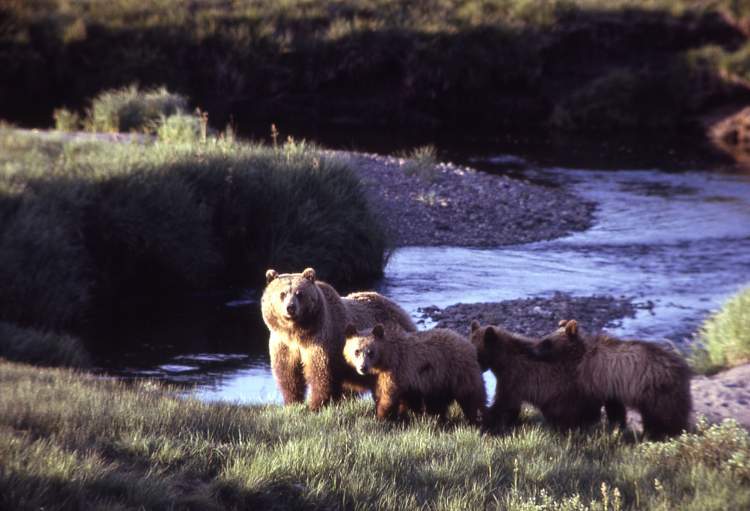
Wildlife managers continue to work on a plan to remove grizzly bears from the Endangered Species List. Meanwhile, there’s evidence of contact between the two main grizzly population centers . . .
Federal plans to delist the grizzly bear from Endangered Species Act protection will get a second round of public comment.
The U.S. Fish and Wildlife Service’s Tuesday announcement follows its release of a peer-review report generally approving its management plan for allowing state management of grizzlies in the Greater Yellowstone Ecosystem. Coincidentally, it also arrives on the heels of reports that Yellowstone grizzlies may be making contact with their fellows in the Northern Continental Divide Ecosystem north of Missoula.
Montana, Idaho and Wyoming state wildlife managers have all proposed plans for both protecting and hunting Yellowstone grizzly bear populations, assuming they leave federal management. Northern grizzlies are considered a separate population, although they are undergoing a similar delisting process that isn’t as far along as the Yellowstone one.
